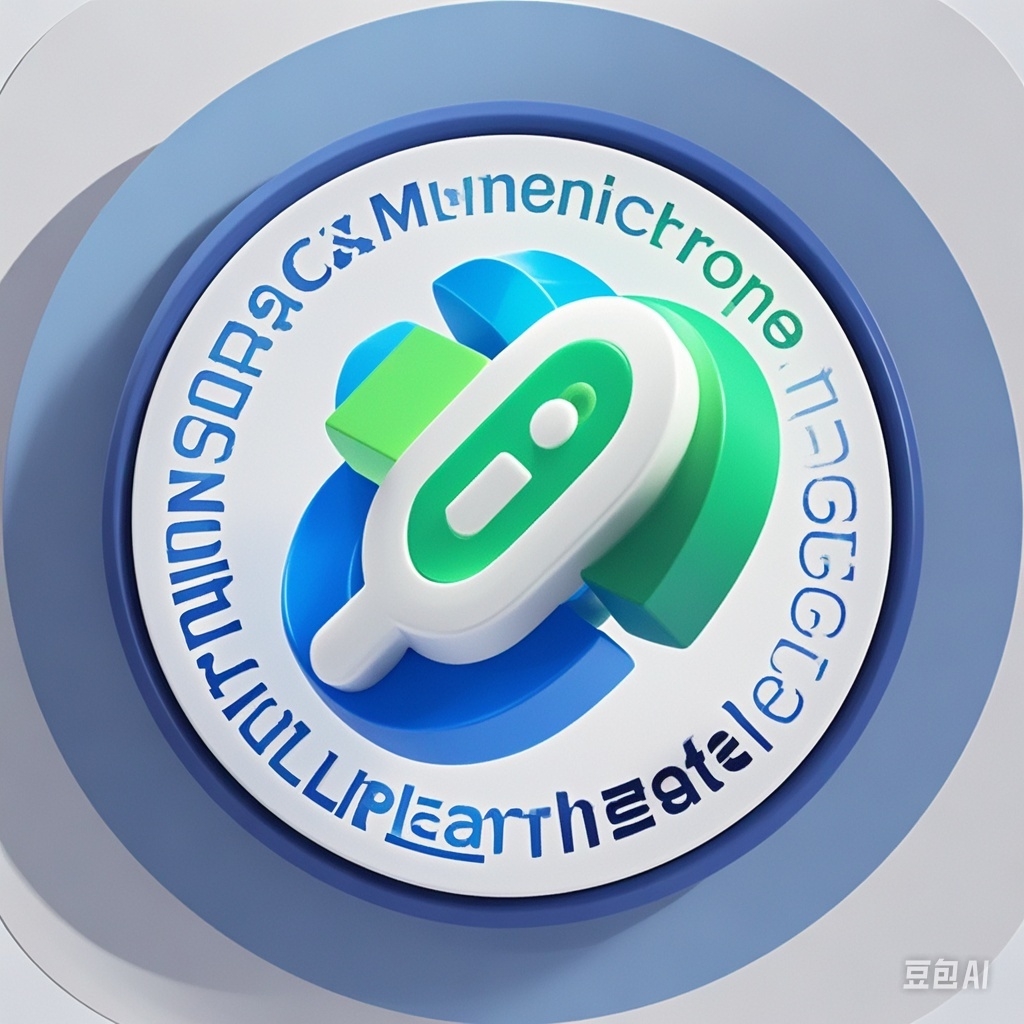获取结果失败,请稍后再试。

智能问答助手

结合文献知识库,保留通用大模型的能力,为您提供知识问答服务!
通用大模型
RAG知识库问答

The Narrow-Angle Cameras (NACs) onboard the Lunar Reconnaissance Orbiter Camera (LROC) capture lunar images that play a crucial role in current lunar exploration missions. Among these images, those of the Moon's permanently shadowed regions (PSRs) are highly noisy, obscuring the lunar topographic features within these areas. While significant advancements have been made in denoising techniques based on deep learning, the direct acquisition of paired clean and noisy images from the PSRs of the Moon is costly, making dataset acquisition expensive and hindering network training. To address this issue, we employ a physical noise model based on the imaging principles of the LROC NACs to generate noisy pairs of images for the Moon's PSRs, simulating realistic lunar imagery. Furthermore, inspired by the ideas of full-scale skip connections and self-attention models (Transformers), we propose a denoising method based on deep information convolutional neural networks. Using a dataset synthesized through the physical noise model, we conduct a comparative analysis between the proposed method and existing state-of-the-art denoising approaches. The experimental results demonstrate that the proposed method can effectively recover topographic features obscured by noise, achieving the highest quantitative metrics and superior visual results.
The permanently shadowed regions (PSRs) of the Moon are located at the Moon's polar regions that are permanently in shadow due to their inability to receive direct sunlight. Images of these areas are usually dark and significantly affected by noise, obscuring the lunar terrain information. Although image denoising has made considerable progress, there is still limited study on images denoising of lunar PSRs. The main challenge lies in the fact that images of PSRs are characterized by low contrast, complex noise type, and uneven illumination. The existing deep learning-based methods exhibit poor physical interpretability and cannot effectively remove complex noise. Therefore, this study introduces a novel denoising method by using combination of physical noise models and deep Learning. Specially, the physical noise model is used to simulate the noise of lunar PSRs according to the imaging principles of the lunar reconnaissance orbiter camera narrow angle camera. The improved deep learning model, which incorporates full-scale skip connections and Transformer is used to denoise the images. The proposed method is tested in 297 PRSs images with latitudes below -70 degrees and compared with state-of-the-art methods. Experimental results demonstrate that the proposed method outperforms existing methods in restoring terrain details and provides better quantitative and visual outcomes. This approach has the potential to improve the clarity of lunar PSR images and support future lunar exploration.
The shape, size, and abundance of rocks on the Moon's surface are essential for understanding impact cratering and weathering processes, interpreting remote sensing observations, and ensuring landing safety and rover trafficability. In most previous studies, rock information was extracted from optical images using visual identification or automatic detection methods. However, optical images cannot provide 3-D information on rocks and cannot be used in lunar permanently shadowed regions (PSRs), where rock information is critical to deciphering anomalously high radar echoes in water ice deposit detection. In this study, we proposed an automatic method for extracting 3-D information about rocks from topography data based on the geometry and clustering tendency of lunar surface rocks. A geometric shape model for lunar surface rocks is first developed by analyzing 3196 rocks in elevation data. In the proposed approach, rocks are detected from topography data using multiscale 2-D continuous wavelet transform (2-D CWT) and Hopkins statistic, and then a 3-D shape parameter extraction method is introduced to obtain the shape information directly from the detected irregular rock boundary by a region growing-based algorithm. To demonstrate the accuracy of the method, we applied the proposed method to both the simulated and real-topography data with various spatial resolutions and vertical uncertainties. The results show that, compared with the ground truth and manual detection results, the detection rate of rocks >4 pixels in size varies from 50% to 90%, depending mainly on the vertical uncertainty of elevation data. In addition, for the first time, we provide 3-D information on surface rocks (>10 m) in lunar PSRs from topography data. Our analyses suggest that, for future missions to the lunar PSRs (e.g., China's Chang'E-7), the vertical uncertainty of elevation data needs to be better than 0.2 m in order to accurately gather 3-D information of rocks larger than 2 m. Our method can be utilized for extracting 3-D information on rocks from topography data, selecting landing sites, and guiding instrument design for future altimeters.